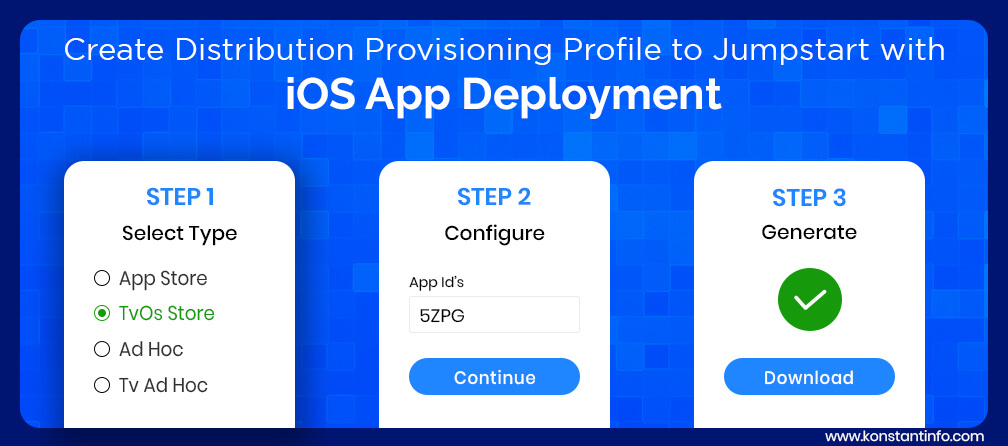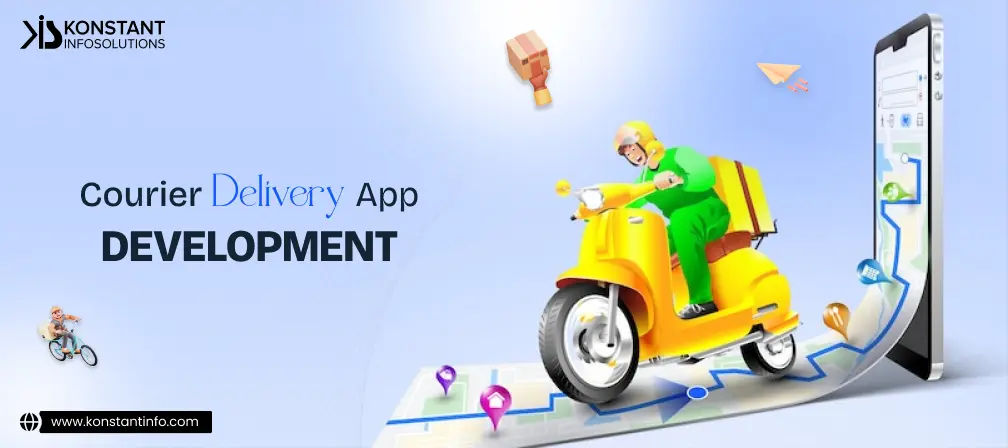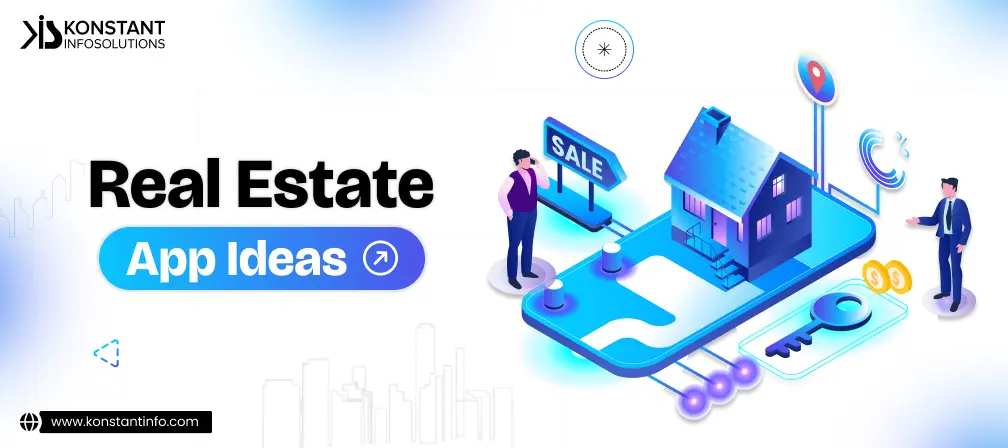
iPhone developers need to create a provisioning profile to get their apps approved by Apple on the App Store. It is always advisable to complete all stages of SDLC till testing before sending it across to Apple App Store. A provisioning profile helps developers to run and test their applications on a physical device. A provisioning profile is downloaded from the Apple Developer account and embedded within the app bundle. All the devices specified in the provisioning profile can be used by developers whose iPhone development certificates are included in the profile.
A distribution provisioning profile is a combination of App Id and Distribution Certificates. It authorizes the app to make use of certain services (like push notifications) and ensure that the app is submitted by you. For the same reason distribution Certificates are tied to a specific Mac.
Assumption: This article elucidates the process involved in creating a provisioning profile and assumes that developers are aware of iOS development and Xcode.
iPhone App developers need to understand about code signing because there is the need to use it to run apps on real devices (own, or of clients or of customers or even on the app store!)
It is also important to reach a wider audience. A device is required to test the code properly. More reasons to test the code on a physical device:
Summing it, you haven’t tested it if you were not able to do it on a physical device!
An App Store Distribution Provisioning Profile lets iPhone developers post their apps in the Apple App Store.
Only iPhone developers and administrators are permitted to create provisioning profiles. It contains a name, development certificates, a set of device ID’s and an app ID. This helps tie developers and devices with the development team.
Such a profile once created remains valid for one year.
While selecting devices and certificates, select the ones that the team will be using for testing. Certificates are required for developers working on the app.
In case the network administrator enables an app ID for Apple Push Notification service recently, a new provisioning profile containing that app ID must be created. The provisioning profiles created before an app ID is enabled for APNS, do not work for testing it. Soon after the team administrator creates this profile, the iPhone developers can download and install it on their devices and test their app.
Many starting iOS App developers cower when they come across bundle identifiers, App ID’s, provisioning profiles or certificate signing requests. A lot of new and confusing technology jargon is involved and keeps emerging with every passing year. One who is unaware might be unsure of the processes. This blog reasons out the need, advantages, and validity of the provisioning profile. As we demystify the code signing process, we realize how various things fit into building an iOS app. It’s time to catch the big deal, follow our experts to know more!



Neeti Kotia is a technology journalist who seeks to analyze the advancements and developments in technology that affect our everyday lives. Her articles primarily focus upon the business, social, cultural, and entertainment side of the technology sector.
Or send us an email at: [email protected]